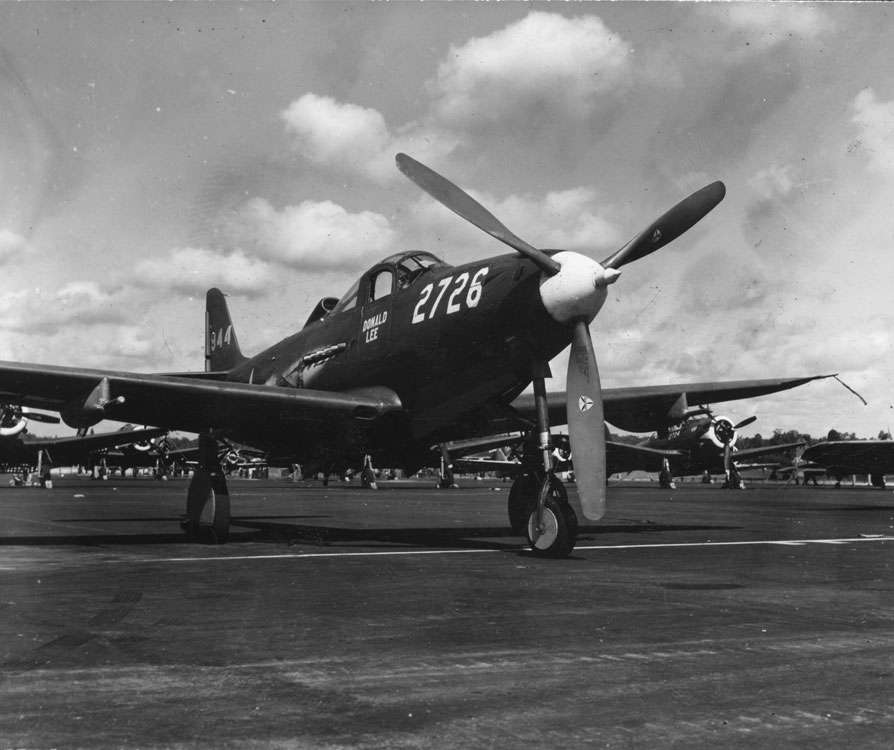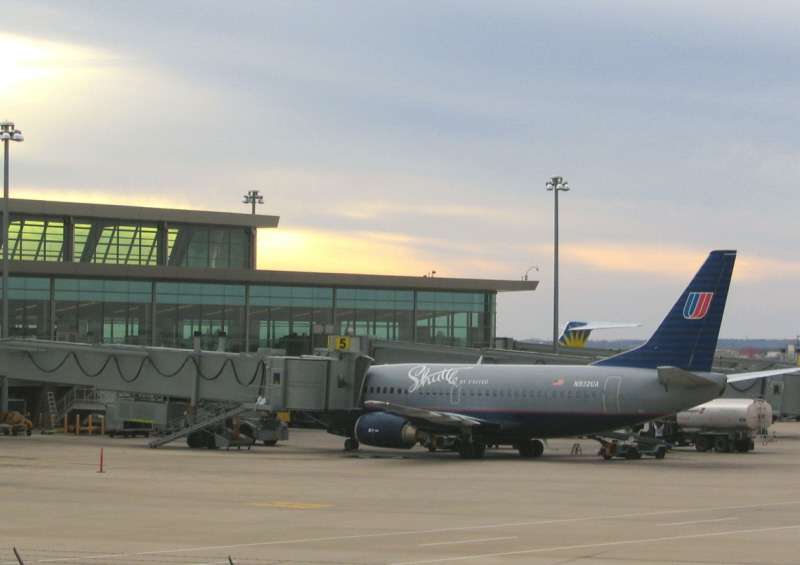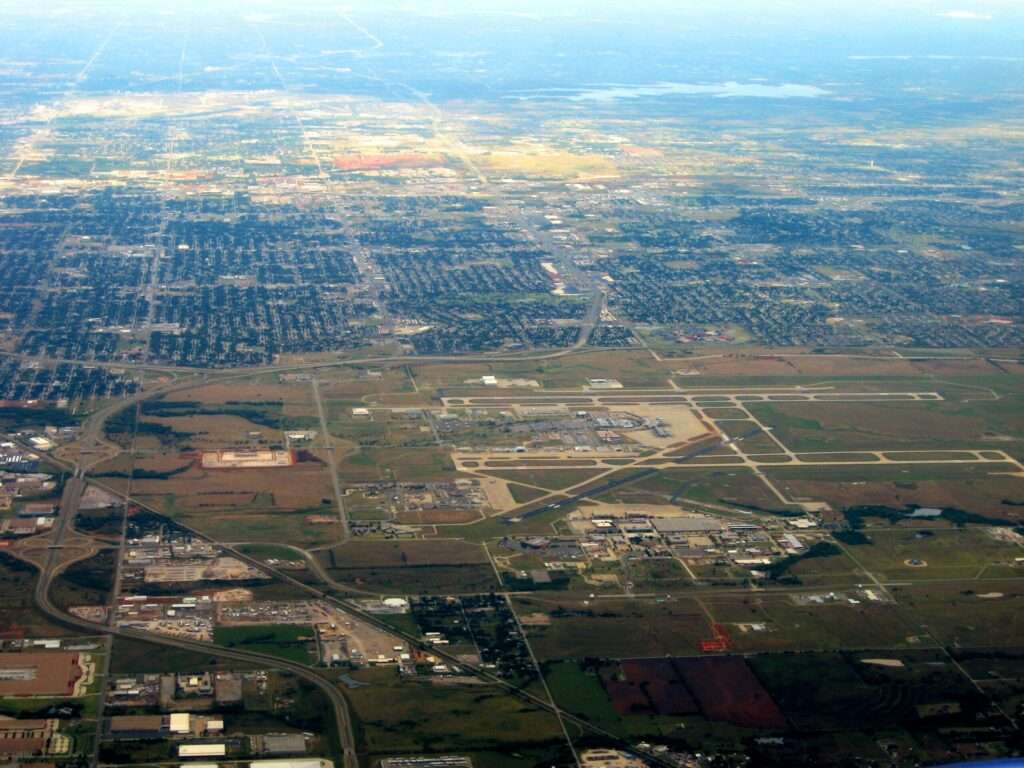Will Rogers World Airport, a bustling hub for travelers in Oklahoma City, boasts a rich history intertwined with the development of aviation itself.
This article explores the airport’s journey, from its humble beginnings as a dirt landing strip to its current status as the busiest commercial airport in the state.
Early Days: Taking Flight in the Sooner State (1920s-1940s)
The story of Will Rogers World Airport begins in the 1920s, a period marked by the dawn of commercial aviation.
Oklahoma City, recognizing the potential of this new mode of transportation, saw a need for a dedicated airfield.
In 1926, a group of local businessmen secured a plot of land southwest of downtown and christened it “Oklahoma City Airport.”
The early years were characterized by basic operations. The “airport” consisted of a single, unpaved runway and a small terminal building.
However, commercial air service arrived soon after, with airlines like Western Air Express and Braniff Airways offering limited passenger flights.
Furthermore, the 1930s witnessed a pivotal moment.
In 1935, the City of Oklahoma City assumed ownership of the airport, recognizing its growing importance.

A Works Progress Administration (WPA) project during the Great Depression provided funding for improvements, including the construction of a paved runway and a more substantial terminal building.
Furthermore, World War II significantly impacted the airport’s development.
The federal government took control, utilizing it as a military training facility for the United States Army Air Corps.
This period saw the construction of additional runways and hangars, laying the groundwork for future expansion.
A Post-War Boom: The Rise of Will Rogers World Airport (1940s-1960s)
Following the war, the City of Oklahoma City regained control of the airport in 1947. Recognizing the potential for post-war commercial aviation growth, officials embarked on a significant expansion project.
The airport was renamed “Will Rogers World Airport” in 1948, a tribute to the beloved Oklahoma-born humorist and early proponent of aviation, Will Rogers.
Furthermore, the 1950s and 1960s were marked by rapid development.
New terminals were constructed, runways were lengthened, and modern amenities were added to cater to the growing number of passengers.
Major airlines like American Airlines, Eastern Airlines, and Trans World Airlines established hubs at Will Rogers World, connecting Oklahoma City to major destinations across the United States.
Furthermore, this period also saw the rise of cargo operations.
Airlines like Slick Airways and Central Airlines began utilizing the airport for freight transportation, solidifying Will Rogers World’s position as a vital transportation center.
The Jet Age and Beyond: Modernization and Expansion (1970s-Present)
The arrival of the jet age in the 1970s necessitated further infrastructure upgrades.
Will Rogers World Airport invested in extending runways to accommodate larger jet aircraft, ensuring compatibility with the evolving aviation industry.
The 1980s and 1990s witnessed continued growth and modernization efforts.
New terminals were built, concourses were expanded, and technological advancements were implemented to improve passenger experience and efficiency.

Additionally, the airport diversified its offerings, attracting corporate and general aviation users.
Furthermore, the 21st century brought new challenges and opportunities.
Following the 9/11 attacks, security measures were significantly enhanced at Will Rogers World Airport.
Additionally, the rise of low-cost carriers like Southwest Airlines spurred further growth in passenger traffic.
Today, Southwest Airlines is the dominant carrier at Will Rogers World, accounting for nearly half of all passenger traffic.
Furthermore, the airport continues to expand and modernize.
In recent years, significant investments have been made in terminal renovations, baggage handling systems, and concession offerings.

Furthermore, with a focus on sustainability and energy efficiency, Will Rogers World Airport strives to remain a leader in the aviation industry.
Conclusion: A Soaring Legacy
From its humble beginnings as a dirt landing strip to its current status as a bustling transportation hub, Will Rogers World Airport, Oklahoma reflects the remarkable evolution of aviation.
The airport’s rich history is a testament to Oklahoma City’s commitment to progress and its ongoing role in connecting people and places.
As the aviation industry continues to develop, Will Rogers World Airport stands poised to navigate the future skies with continued innovation and growth.

Click the banner to subscribe to our weekly newsleter.

Click the photo to join our WhatsApp channel so then you can stay up to date with everything going on in the aviation industry!









